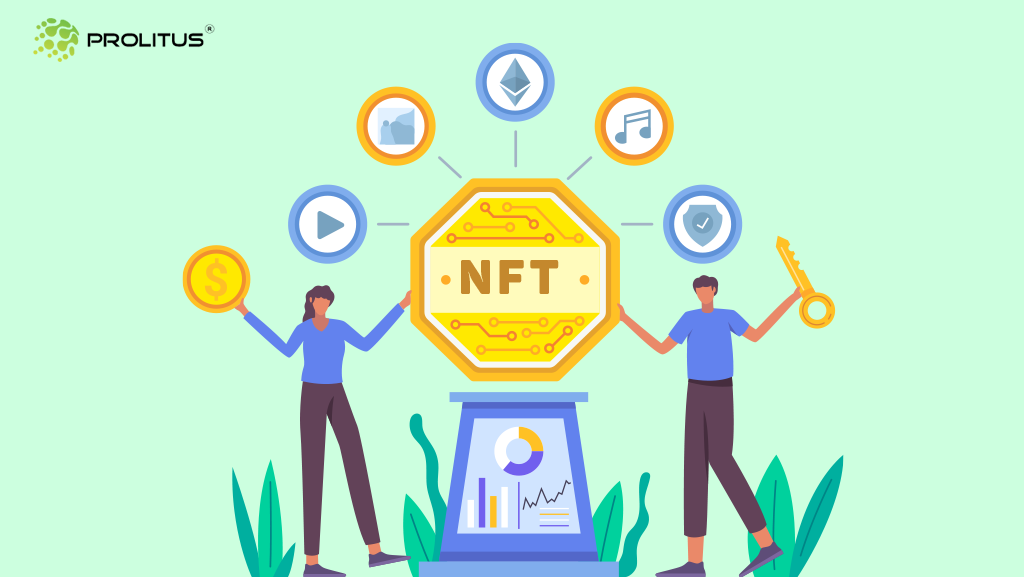NFT or Non-Fungible Tokens have been taking the digital world by storm (since last year). The trend doesn’t seem to slow down. But if you ask what those are, there is only one answer. An NFT is a unique digital certificate of the original art that the owner can use for multiple purposes like ID in metaverse or profile picture on social media.
Major NFT collections have been on the Ethereum-based OpenSea platform followed by the Solana blockchain. While users can choose between different platforms to collect their NFTs, artists may have to choose between different NFT standards to create their art.
In this article, we will explore different NFT standards and how to choose the best.
NFT Standard in Brief
NFT standard or Token standard is a set of codes that gives information about its smart contract and features. It is like the rules that NFT creators have to follow to create their art. From tracing original art to verifying ownership, NFT standards are like food for humans.
While Ethereum has been a popular blockchain for NFT creation, others like Solana and BSC are also catching up quickly with their lower gas fees. It is imperative to know different NFT standards for art creation and choose the best.
Types of NFT Standards
- Ethereum
Ethereum has different token standards, however, not all are suitable for NFTs. Different Ethereum-based token standards are ERC-20, ERC-721, ERC-223, ERC-827, ERC-777, ERC-1155, ERC-1137, ERC-998, ERC-875, ERC-865.
Of all these Ethereum standards, ERC-721 and ERC-1155 are most used for non-fungible tokens. ERC-20 is particularly for fungible tokens that act like cryptocurrencies.
While ERC-721 is a popular standard for single NFTs, ERC-1155 standard is used for a collection of NFTs. The goal of the ERC-721 token is to register copyright ownership and royalty payments of the NFT. On the other hand, ERC-1155 is a universal token standard suitable for both non-fungible (NFTs) and fungible tokens. From creating and managing different NFTs to transferring assets, ERC-1155 facilitates it all.
- Binance Smart Chain (BSC)
Binance Smart Chain comes with a built-in Ethereum Virtual Machine that offers interoperability, meaning you can transfer assets or tokens between BSC and Ethereum.
BSC has two types of token standards: BEP-721 and BEP-1155.
Both tokens offer functionalities similar to ERC-721 and ERC-1155, however, with lower transaction fees. Besides, the transactions are also faster than the Ethereum network. BEP-1155 supports batch transactions, atomic swaps, and issues unique tokens under one smart contract. However, it is found to be most suitable for blockchain games.
Both BEP-721 and BEP-1155 offer functionalities of ERC-721 and ERC-1155 but with the advantages of the BSC blockchain.
- Tezos
TZIP-12 is the token standard suitable for both fungible and non-fungible tokens. Used on Tezos blockchain, TZIP-12 standard has the ability to implant a hash from IPFS into the tokens based on Tezos.
If you are an NFT collector, buying TZIP-12 based tokens can fetch you the lowest gas fees and faster transactions along with better useability. However, Tezos blockchain is not as popular as BSC or Ethereum despite multiple advantages.
- Flow
A blockchain designed especially for collectibles and games, Flow offers its unique token standards equivalent to ERC-721. Transactions on the Flow blockchain are faster, cheaper, and easier than on the Ethereum blockchain which often faces network congestion. Flow is also scalable.
If you are an NFT artist or developer, Flow is one of the most suitable blockchains with improved user-friendliness.
- Tron
TRC-721 is a token standard equivalent to ERC-721 on the Tron blockchain. Transaction fees on this network are low, sometimes even below one dollar. All TRC-721 tokens have unique IDs wherein the name and ticker can be customized based upon your (artist) preference.
Tron blockchain is also scalable. However, you must have at least 350 TRX tokens in your wallet to create TRC-721 based NFTs.
How To Choose a Suitable NFT Standard?
Of all the NFT standards mentioned above, Ethereum is the most popular one, which is also the reason why the network faces congestion every now and then. The most obvious choice for most may be ERC token standards but if you want to move away from them, you can explore others to find the best suiting your project.
You can consider the following points:
- Network fees
- Purpose of your project (suitability)
- Scalability
- User-friendly
- interoperability
These are only the basic parameters. You can also explore all standards based on your project requirements.
Final Words
Currently, Ethereum is dominating the NFT market. As the network congestion and gas prices increase, developers and creators are slowly moving away from this network to better create and manage their NFT collections. If you consider the basic criteria mentioned above, you can easily decide the type of NFT standard and blockchain network suitable for your project. Else, we are here to help.





